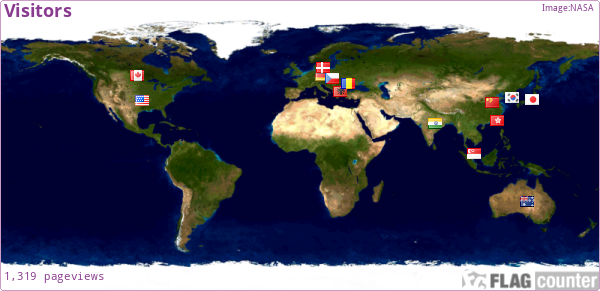Springsure derived its name from the permanent springs in the creeks and gullies at the time of settlement in the area. The first European explorer to visit was Ludwig Leichhardt in December 1844, and gradually pioneers moved into the region, mainly with sheep and some cattle and horses. The town developed primarily from the early wagon teams camping here on their way from Rockhampton to the Gulf and Barcoo country. The unusual escarpment overlooking the town is called Mount Zamia. A noticeable feature on the eastern side of the range is known as the Virgin Rock. Inside the niche of the rock is a weathered likeness of the Virgin Mary holding her child.

Having a little time when passing we were sure there must be an Earth Cache or at the very least a Traditional cache here to tell us all about this amazing Rock, no sadly there was not. Geo mum being the rock freak she is was also disappointed to see the National Parks website said practically nothing about the geology, which we now know is the main reason it is a preserved park in the first place!!
Once again while putting this Earth Cache together we ourselves were learning too. We have discovered that Virgin Rock is one of the central volcanic plugs of the Minerva Hills volcano with the volcanic flows ranging in age from about 28 million years to 34 million years and in composition from basalt to rhyolite. The plugs like Virgin Rock are the lava feeder pipes and are roughly a cylindrical shape and extend vertically down to the ancient magma chamber. The bulk of the centre of the volcano has been eroded away to leave the central resistant plug sticking out. It has created a spectacle that stops most travellers in their tracks especially at night when the cliffs are flood lit.
So what exactly is a Volcanic Plug? Geo daughter (4) suggested if we pulled it hard enough water might come out! A volcanic plug, also called a volcanic neck or lava neck, is a volcanic object created when magma hardens within a vent on an active volcano. When present, a plug can cause an extreme build-up of pressure if rising volatile-charged magma is trapped beneath it, and this can sometimes lead to an explosive eruption. Glacial erosion can lead to exposure of the plug on one side, while a long slope of material remains on the opposite side. Such landforms are called crag and tail. If a plug is preserved, erosion may remove the surrounding rock while the erosion-resistant plug remains, producing a distinctive upstanding landform.
To log this Earth Cache we require you to consider the information given, observe the rock and then message us with the following answers to the best of your ability;
1. Describe three colours you see on and around Virgin Rock and what causes these colours to be there?
2. Does the vegetation above Virgin Rock appear to be stronger or weaker than other vegetation in the area and what does this suggest to you?
3. According to the information sign what has eroded the rock?
4. Do you think the gravel and small rocks you are standing on have come from the above ranges? Why/Why not?
5. A photo of your team, GPS or the view with your log please. (Optional) ** We would especially love to see photos of the rock at night as we were unable to do so on our visit.
You are welcome to log your find straight away to keep your TB's and Stats in order but please message us with your answers within 24 hours. Cachers who do not fulfil the Earth Cache requirement will have their logs deleted.

Source: Wiki, John Nethery, www.nprsr.qld.gov.au/, Marita Hills Photography.